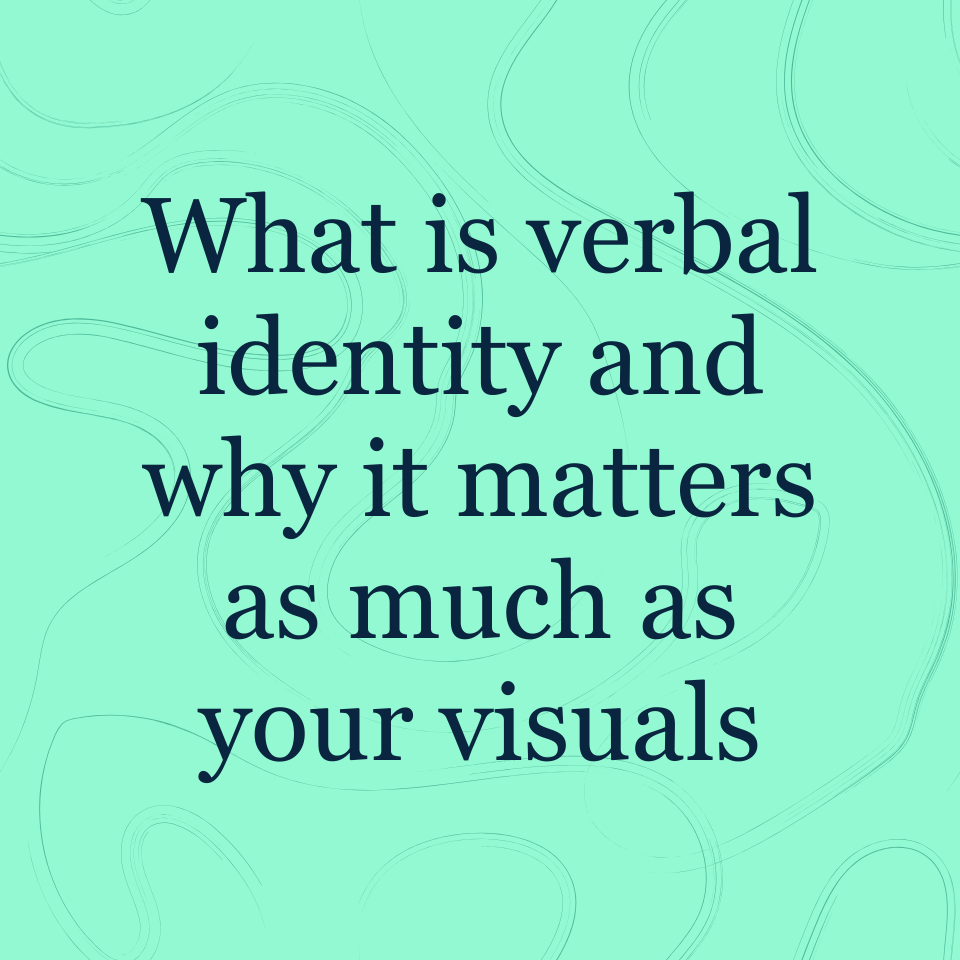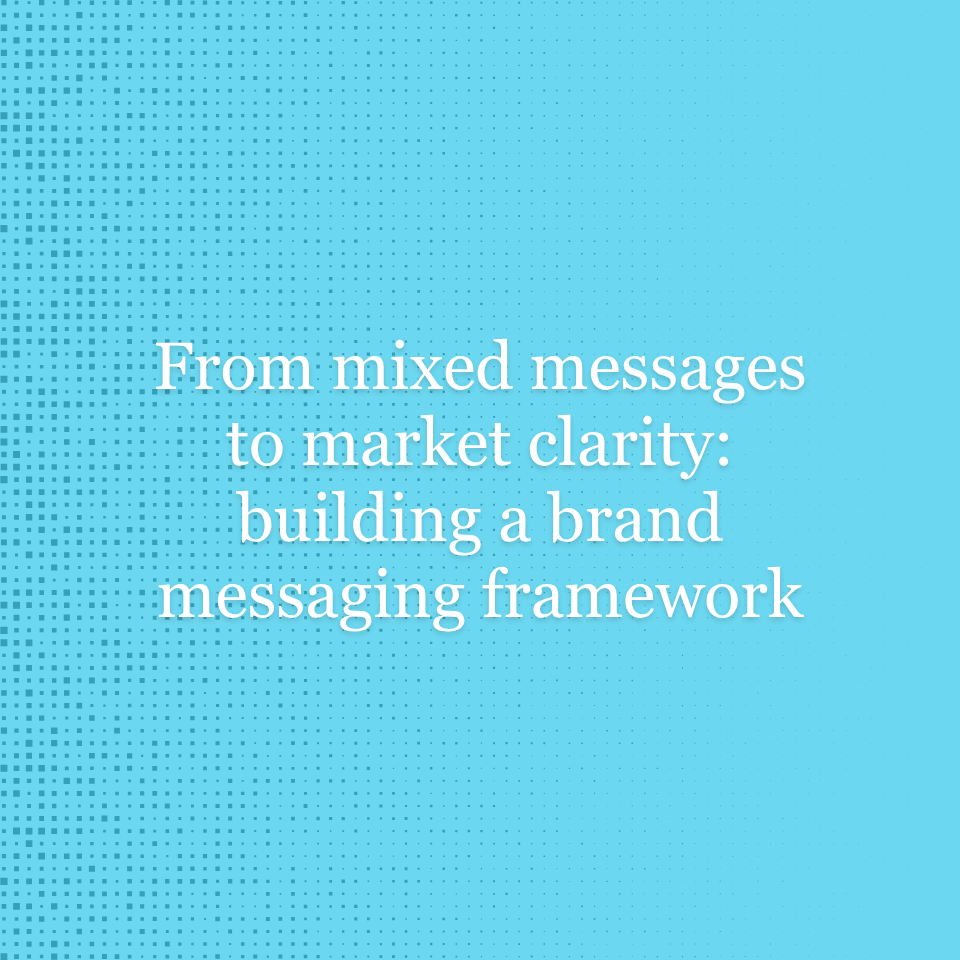These days, do you feel isolated and alone? Or are you feeling a sense of pride in responsibly social distancing? Do you think we’re living through a pandemic? Or are we experiencing a brief period of social disruption that helps us re-evaluate what’s important as a society?
The answer to all the above questions is, possibly, simultaneously, yes. To say the least, it’s a confusing time. This is the first time in history that the entire planet is affected simultaneously by the same phenomenon, and it’s so big and uncertain that it’s hard to put words to it.
It’s human nature to articulate uncertainty in the language of fear. When our distant ancestors were looking into a deep, dark cave and saw two eyes blinking back at them, the language of fear kept them alive. It’s an evolutionary benefit. But in times like these, the language of fear can frame every conversation with existential dread.
Take the word “self-isolating,” which is what we’re all supposed to be doing as much as we can. It is accurate, it is true, and it is descriptive. “Isolation” is derived from the Latin root insula, or island, and means detached, disconnected, and solitary. It’s the language of punishment and prison. It is not a happy word.
While we are self-isolating, we’re also social distancing. “Social distancing” is a phrase that’s helped populations navigate previous epidemics, but really came into its own in 2020. Social distancing describes exactly the same action as self-isolating does, but with a far less negative connotation. It places emphasis on one of the things that makes us human – “social” – and modifies it with a word that does not completely cut off human contact, only keeps it at a safe remove.
We don’t know how long we can self-isolate. But we feel more confident that we can maintain social distancing, and it would do more good, because of that “social.” It seems like a small, silly thing, but the choice of words we use to describe the same phenomenon makes all the difference.
The power of the word “pandemic” instinctively sends us right back to that tiger-in-a-cave language of fear. It feels apocalyptic, too big for any of us to comprehend. Which is why we’ve noticed brands trying to grapple with this unprecedented era in history using language to re-frame the conversation.
Keeping things in perspective is important. We’ve received an email from United that acknowledged the “unprecedented” nature of our situation, and emphasized the “safety and care of every single one of our customers and colleagues” – while reassuring their most frequent fliers that they won’t lose their status.
Allstate and American Family insurance recognize that their customers aren’t driving as much, and are instituting a “Shelter-in-Place payback” – transforming a phrase of fear into one of reward.
So many other brands are just finding their voice as they navigate through the fog. They need to communicate with their customers, but it’s challenging to find the right tone. Nobody wants to pretend the world is normal right now, but there are also reasons to look to the future and find hope.
More than any other event in recent memory, we are all in this together. Our recent survey of American consumers' perceptions and attitudes around COVID-19 revealed that consumers most want brands to make them feel safe and informed (request the full report here). The brands that are finding their most successful voices are the ones who understand that, and use the language of connection, optimism, and perspective to provide reassurance in a supremely uncertain time.
At Northbound, we’re starting to see what’s working and what’s not. If you’re trying to find your brand voice, we’d be delighted to work out the way forward together.
(At an appropriate social distance.)

Craig Motlong | Strategy Director




